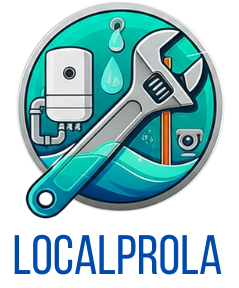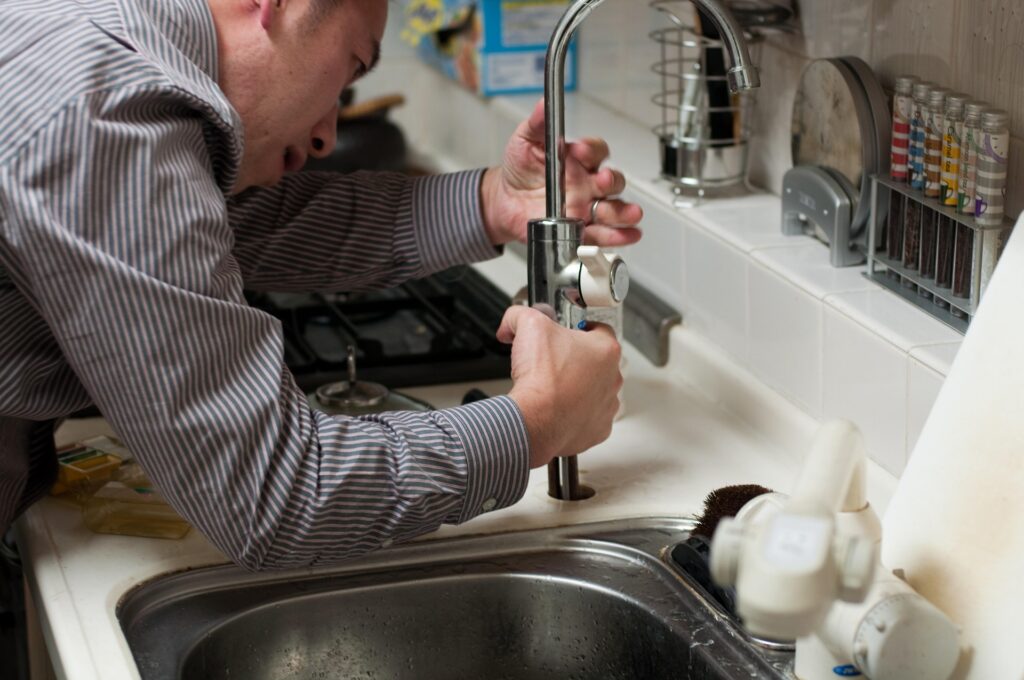🔀 Line Re-Routing in Los Angeles: What It Is and When You Need It
Are you dealing with constant leaks, outdated plumbing, or remodeling a part of your home? If so, line re-routing may be the solution you didn’t know you needed. Whether it’s a water line, drain line, or gas line, re-routing allows plumbing professionals to reroute these utilities away from damaged or inaccessible areas—safely and efficiently.
In this guide, we’ll break down everything you need to know about line re-routing in Los Angeles: what it is, when to consider it, how it works, and why hiring the right professionals matters.
🚧 What Is Line Re-Routing?
Line re-routing is the process of changing the path of plumbing or gas lines. Instead of repairing a damaged or hard-to-reach pipe, plumbers install a new line that takes a different, more accessible route. It’s often quicker, safer, and more cost-effective than tearing up floors, concrete, or walls to fix the original line.
Rerouting can apply to:
- 💧 Water lines (hot and cold)
- 🚿 Drain lines (gray water and sewage)
- 🔥 Gas lines (natural gas or propane)
🔍 Signs You May Need Line Re-Routing
- 💦 Repeated pipe leaks in the same area
- 🏚️ Damaged or corroded pipes inside concrete slabs or behind walls
- 🚧 Remodeling that requires moving plumbing fixtures or appliances
- 🌳 Tree root intrusion damaging underground lines
- 🔥 Safety concerns with old gas line placement
📦 Common Scenarios That Require Re-Routing
1. Slab Leaks
Homes built on concrete slabs often hide plumbing under the floor. If a pipe leaks beneath the slab, accessing and fixing it may require jackhammering the floor. Rerouting water lines through walls or ceilings is often faster and less invasive.
2. Home Renovations
Whether you’re moving your kitchen sink, expanding a bathroom, or adding a laundry room, rerouting plumbing ensures the new space functions properly. It’s an essential step in any major remodeling project.
3. Gas Appliance Installation
Installing a new gas stove, water heater, or fireplace? You’ll likely need to reroute or extend existing gas lines to safely fuel the new appliance.
🛠️ How Line Re-Routing Works
The process varies depending on the type of line, location, and reason for the reroute. Here’s a typical overview:
- 📍 Initial inspection and leak detection
- 📏 Design of the new route and system layout
- 🔧 Cutting off old or damaged lines
- 🧰 Installing new piping along a safer or more accessible route
- 🧪 Testing for pressure, flow, and leak-proof integrity
- 📑 Code compliance check and cleanup
🏗️ Benefits of Line Re-Routing
- ✅ Avoids destructive digging or demolition
- ✅ Reduces labor time and cost
- ✅ Improves plumbing accessibility and future maintenance
- ✅ Prevents recurring leaks in failing sections
- ✅ Ensures safe gas delivery and appliance performance
📋 Permits and Code Compliance
Any gas or water line rerouting project must meet local building codes. In Los Angeles, this includes pulling the right permits, using approved materials, and having the system inspected upon completion. Hiring a licensed contractor ensures your project is both legal and safe.
💡 Choosing the Right Materials
Material selection depends on the line being rerouted:
- 🔵 For water lines: PEX, copper, or CPVC
- 🟢 For drain lines: ABS or PVC piping
- 🟠 For gas lines: Black iron, CSST, or polyethylene (underground)
A licensed plumber will recommend the best options based on your home layout, climate, and local regulations.
📞 Need Line Re-Routing in Los Angeles?
Whether you’re facing leaks under your slab or planning a major remodel, our expert team is ready to help with fast, professional
line re-routing in Los Angeles. We specialize in water, drain, and gas line reroutes—ensuring minimal disruption and maximum safety. Call us today at
(310) 882-6646 for a free estimate or consultation!

